


The Big Ten introduced four new teams into the mix this offseason, with UCLA, USC, Oregon and Washington joining from the Pac-12. Meanwhile, some of the league’s biggest programs brought in new coaches to compete in the 18-team gauntlet.
USC’s Eric Musselman and Washington’s Danny Sprinkle take over new programs in a new conference, while Michigan’s Dusty May and Ohio State’s Jake Diebler bring a new era to conference powerhouses.
Ranking the Top 10 coaches in any of the four power conferences is a difficult task, as a multitude of factors determine how the coach is viewed in the moment. There are historical markers throughout a coach’s career which cement them in a certain tier, while recent records and recruiting success play a major factor in remaining on top.
Entering the 2024-25 college basketball season, here is a look at how the Top 10 Big Ten coaches stack up against their peers.
At Purdue, Matt Painter has proven himself as one of the best and most consistent coaches in college basketball. Coming off two seasons with the National Player of the Year, he now looks to reload again.
A skilled developer, Painter has taken many players from unknown status to the top of the Big Ten throughout his career, having Zach Edey as a shining example stuck in recent memory.
Purdue has done things differently from most, focusing on roster retention in a way few have been able to achieve since the transfer portal opened. However, last year there was a willingness to add when needed in a specific area of need.
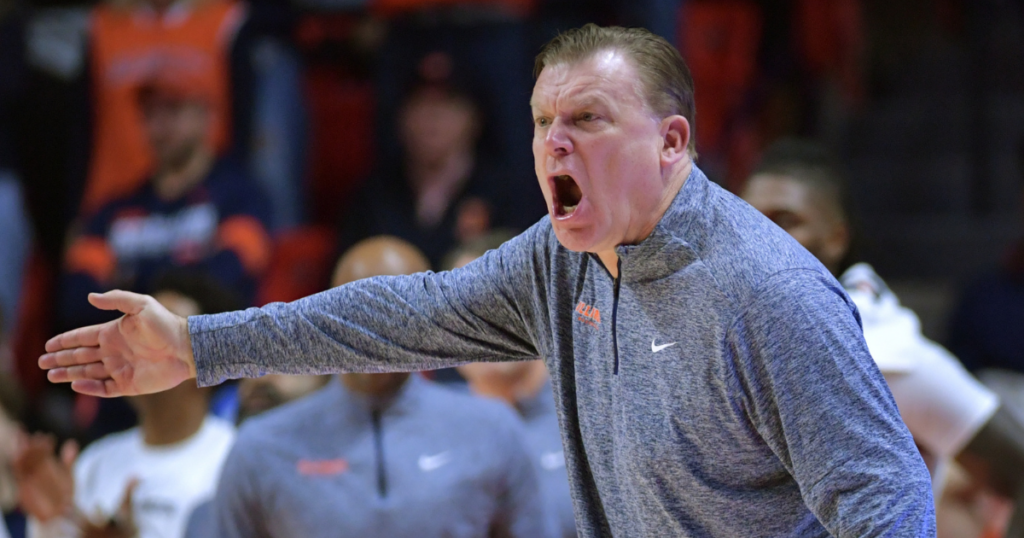
Brad Underwood has made a rise through the coaching ranks and put Illinois in prime position to contend in the Big Ten moving forward despite roster turnover.
The transfer portal has been kind to Illinois recently, bringing in the likes of Terrence Shannon to star for the team. But development is also a staple for Underwood, who helped Coleman Hawkins turn himself into a potential NBA forward.
As college basketball continues to change, Underwood has adapted from his JuCo days to Stephen F. Austin, Oklahoma State and now Illinois. Hard-nosed basketball always travels.
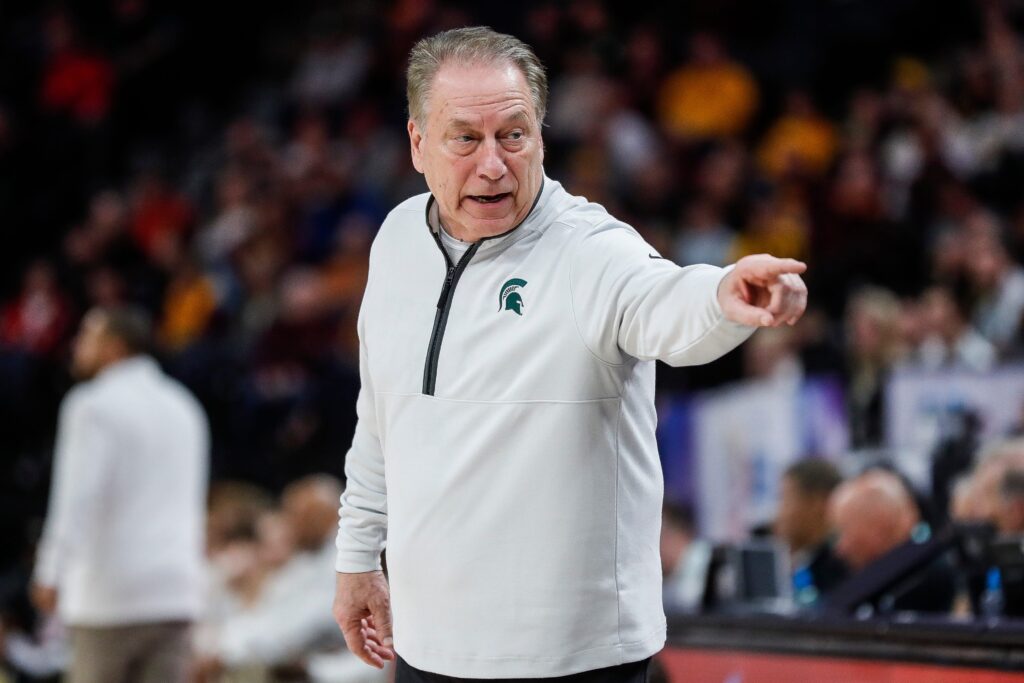
From a historic perspective, Tom Izzo belongs on top of this list. The Hall of Fame coach has proven time after time in his career that he is among the elite coaches in college basketball history.
However, his reluctance to add major pieces from the transfer portal along with other changes across the sport have driven him to the edge when dealing with the day-to-day grind of off-court responsibilities.
Again, when it comes to X’s and O’s or lifetime legacy, few can match up with Izzo. He deserves credit for sticking with what he loves this long when many of his long-time compatriots opted to hang up the clipboard for the next generation to deal with change.
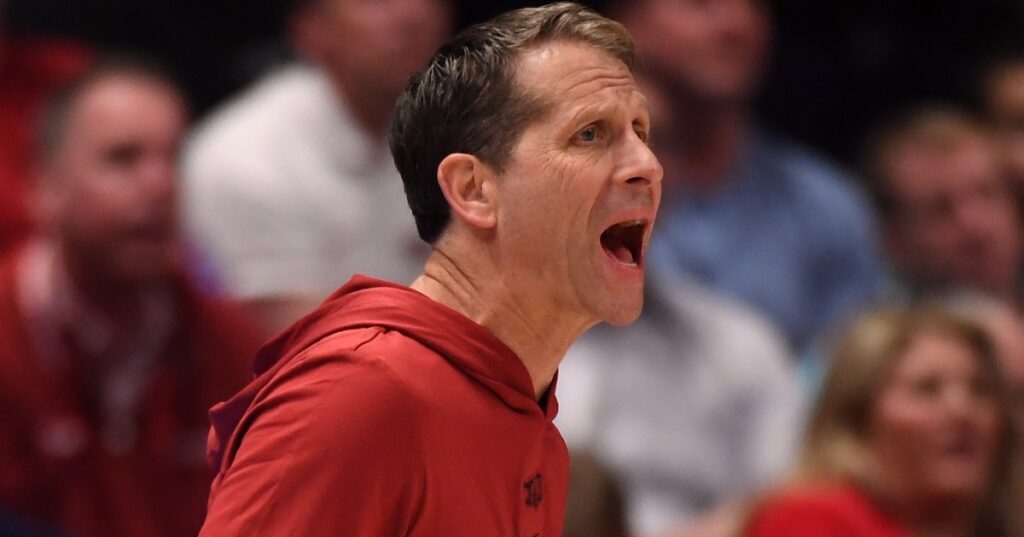
After a bizarrely turbulent season at Arkansas, Eric Musselman made a move back to the West Coast to coach USC in the Big Ten. His track record of NCAA Tournament runs can speak for itself in terms of the expectation.
Musselman bought into the transfer portal method long before it opened, dating back to Nevada where he would ask players to sit out before playing the next season under old rules. Overhauling the roster has worked in his favor more often than not, but last season was an unmitigated disaster.
Bouncing back with the Trojans could help him move up the pecking order of Big Ten coaches quickly, and one glance at the roster he built makes that a distinct possibility.
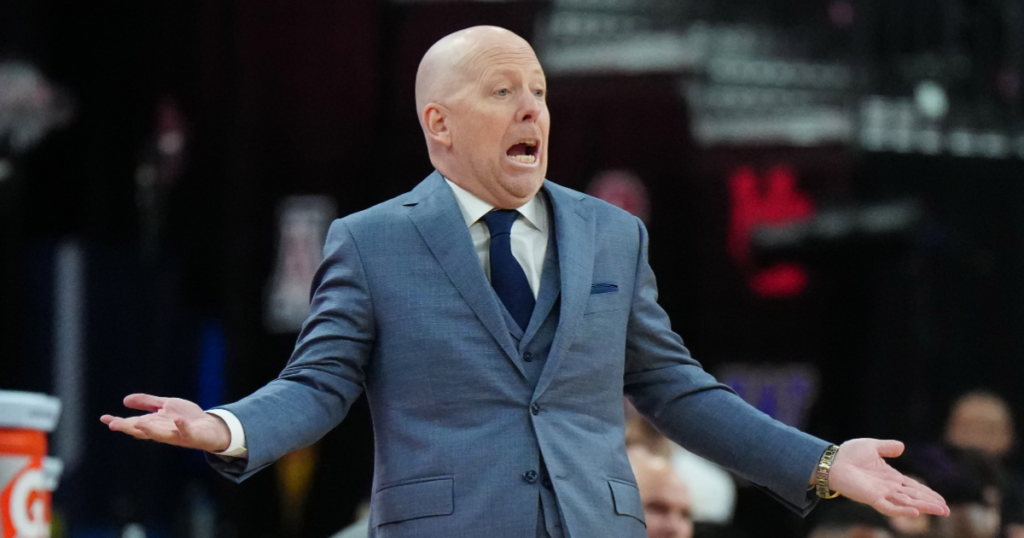
After a somewhat surprising move to the West Coast, Mick Cronin found big-time success with UCLA early in his tenure. However, roster building errors last season require a reload looking forward.
Whatever combination of events led to it, UCLA did not add enough on the recruiting trail or through the transfer portal last season, leading to a late influx of foreign players who took too long to adjust their game.
This offseason has looked much different, with Cronin landing several big names early before filling out the roster with solid rotation pieces.
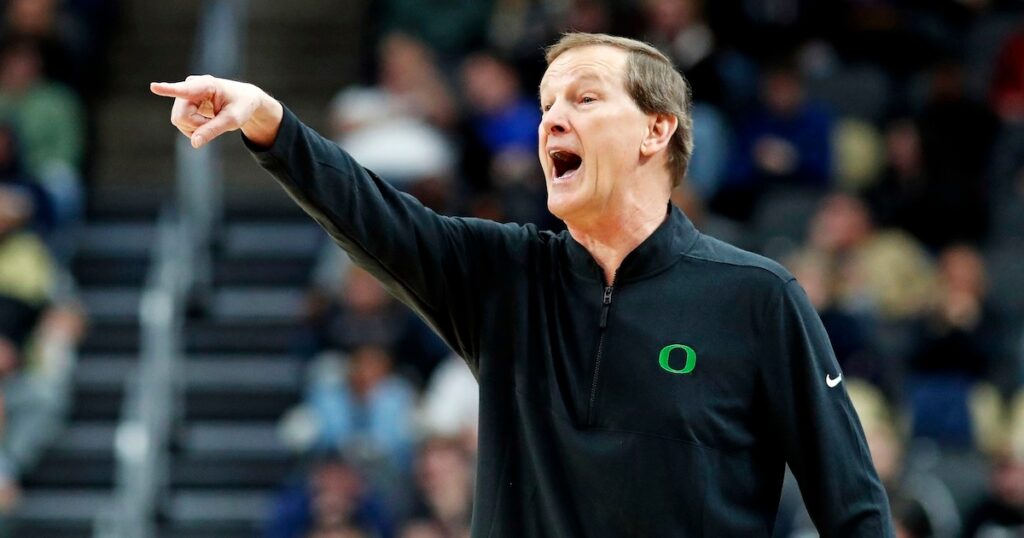
Dana Altman had Oregon competing each season for a spot among the best in the Pac-12 for several years before a drop off in recent seasons chalked up largely to bad injury luck for star players.
At some point, the injury luck has to turn back around, and Altman’s coaching should again shine through with the amount of talent on the roster after getting multiple impact freshmen to return.
Questions will remain about the health of his squad for some time, but the respect people have for his coaching remains unchanged through the challenges.
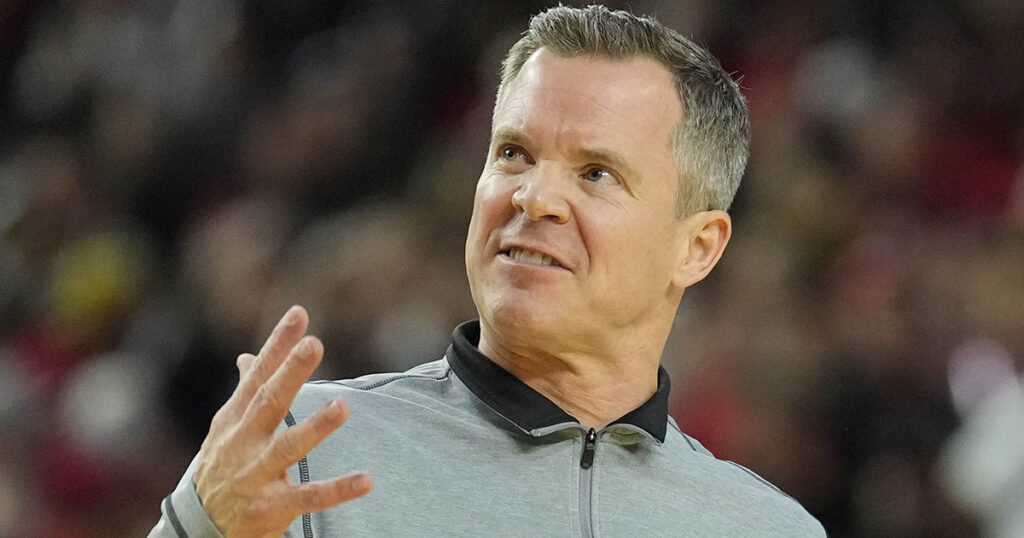
The hottest name available this offseason was Dusty May, who turned a down FAU program into a national storyline across multiple seasons through his roster building prowess and ability to develop talent.
After bringing some of his players with him, and losing others to top programs, he filled out the remainder of an empty roster with interesting pieces which he believes will put them in position to repeat success as a staff.
The pedigree is there for May, who now controls his own destiny in coaching history at a big program hungry for success.
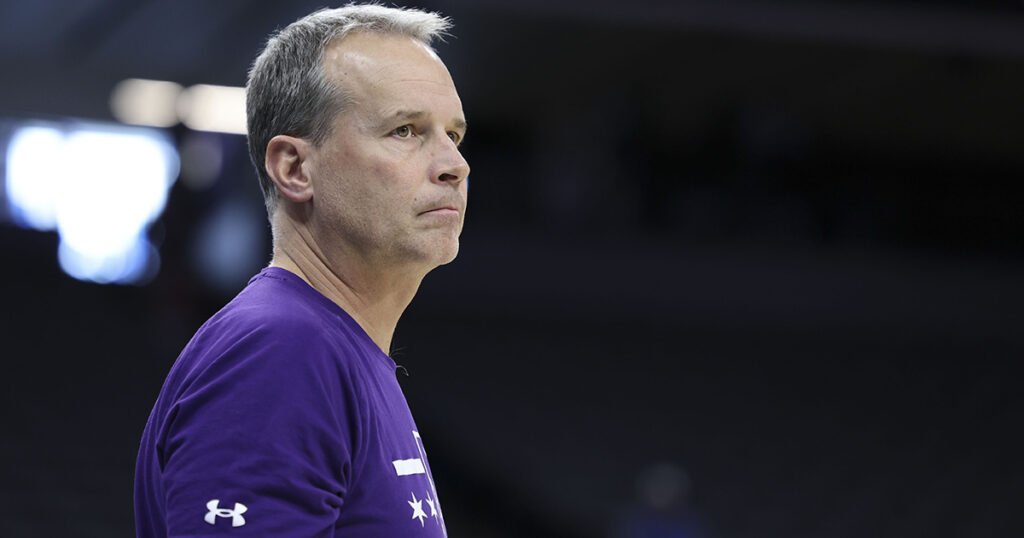
Chris Collins ranks among the most underrated coaches in all of college basketball, deserving massive credit for bringing Northwestern into contention for the NCAA Tournament on a yearly basis.
Two straight postseason appearances, with an advance to the Round of 32 in each, is an impressive feat anywhere. Much less at a school with less tools to build a roster than most of its peers.
While the results year to year may vary, Collins continues to keep Northwestern relevant in a time where doing so becomes increasingly difficult in the Big Ten.
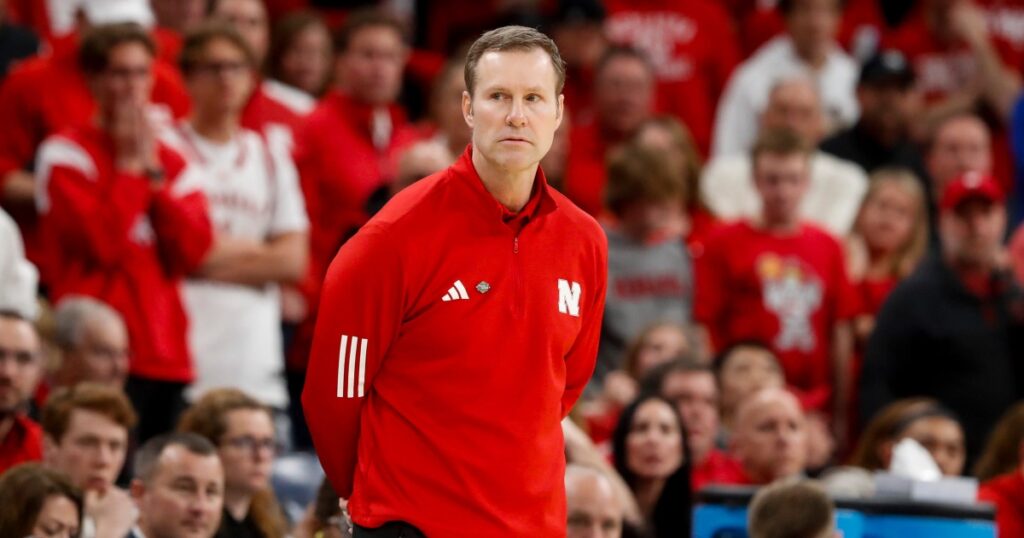
Fred Hoiberg warranted so much respect in the coaching world that he made the rare leap from college basketball to the NBA at one point, returning to this level with the idea of turning around Nebraska.
After showing slight upward movement in each of the first four seasons, Hoiberg broke through with an NCAA Tournament appearance last season. His goal must now shift to winning the first March Madness game in program history.
His history in coaching showcases the ability to implement a system, and his position on the cusp of history at such a big school could vault him up the board quickly.
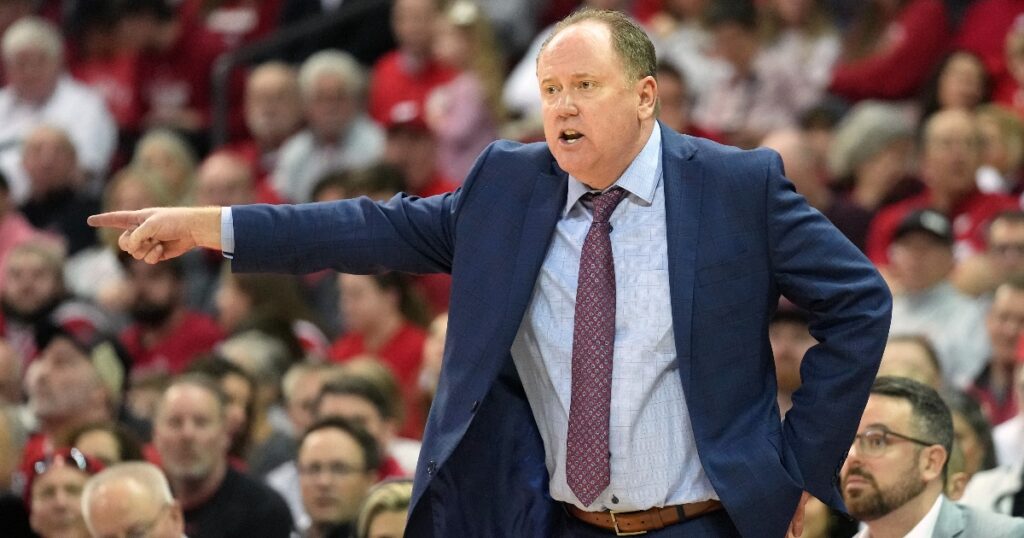
Greg Gard is a model of consistency in his ability to bring in Big Ten quality players and put together a roster ready to march through the conference on the way to an NCAA Tournament appearance.
The two-time Big Ten Coach of the Year has missed the NCAA Tournament just twice in his career, picking up where Bo Ryan left off when he handed over the keys to the program.
Gard suffered a handful of losses to the transfer portal this offseason and must now look to replace as much production as he has in one offseason.
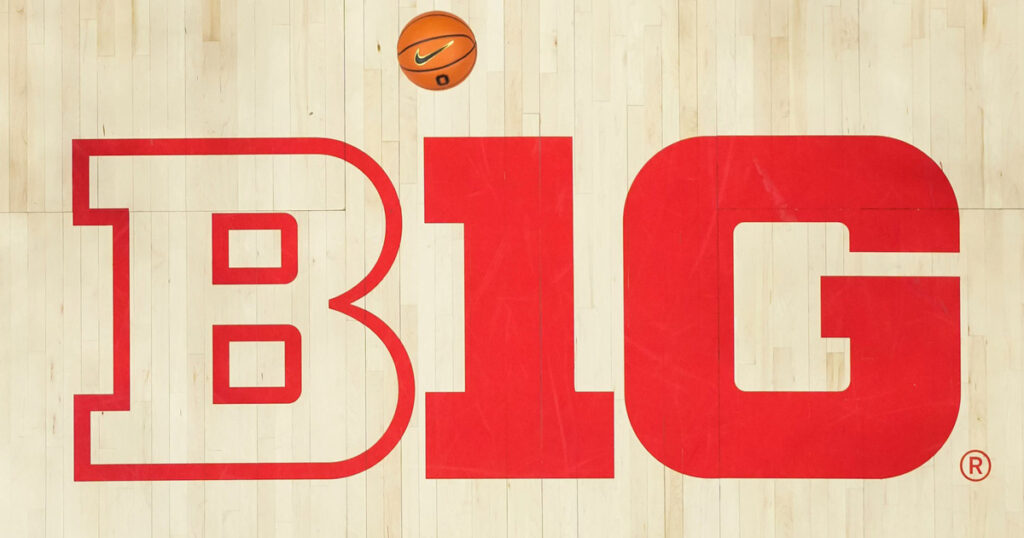
Mike Woodson – Indiana
Fran McCaffery – Iowa
Kevin Willard – Maryland
Ben Johnson – Minnesota
Jake Diebler – Ohio State
Mike Rhoades – Penn State
Steve Pickiell – Rutgers
Danny Sprinkle – Washington
From newcomers at new Big Ten schools to established conference names with a loaded roster, there are a number of candidates from this group to burst into the rankings at any point during the 2024-25 season. The conference promises to provide one of the most competitive races for the top spot, with coaching prowess another advantage to be gained.